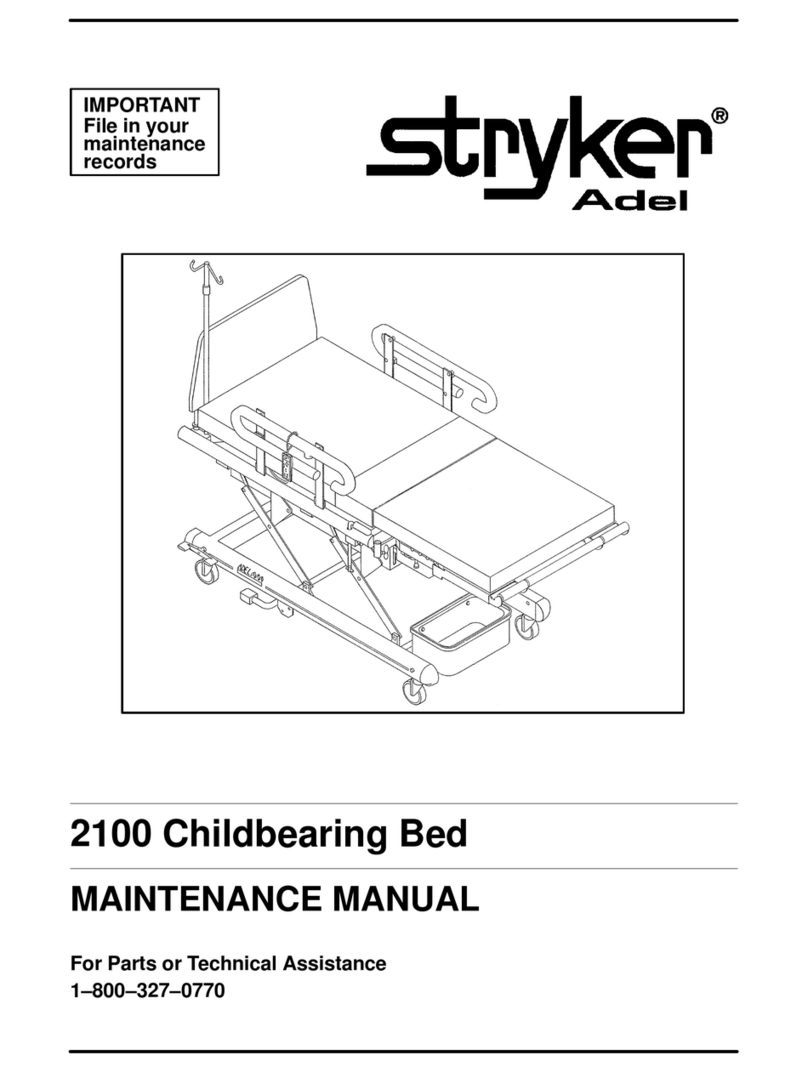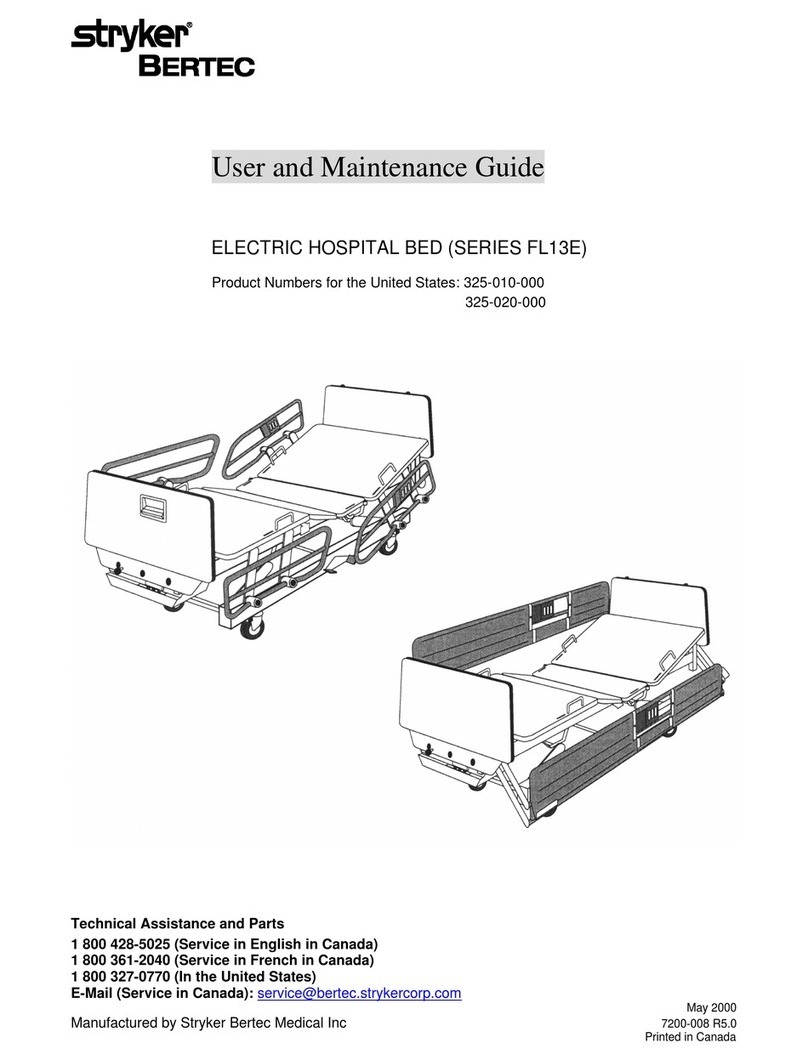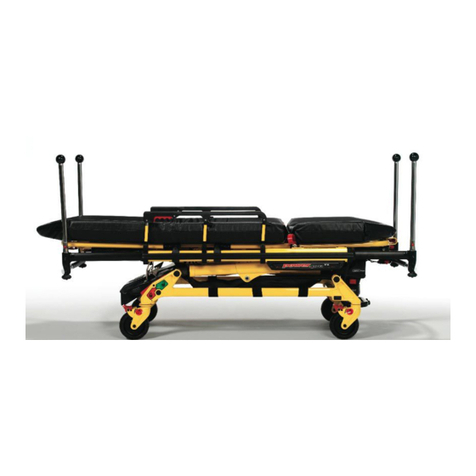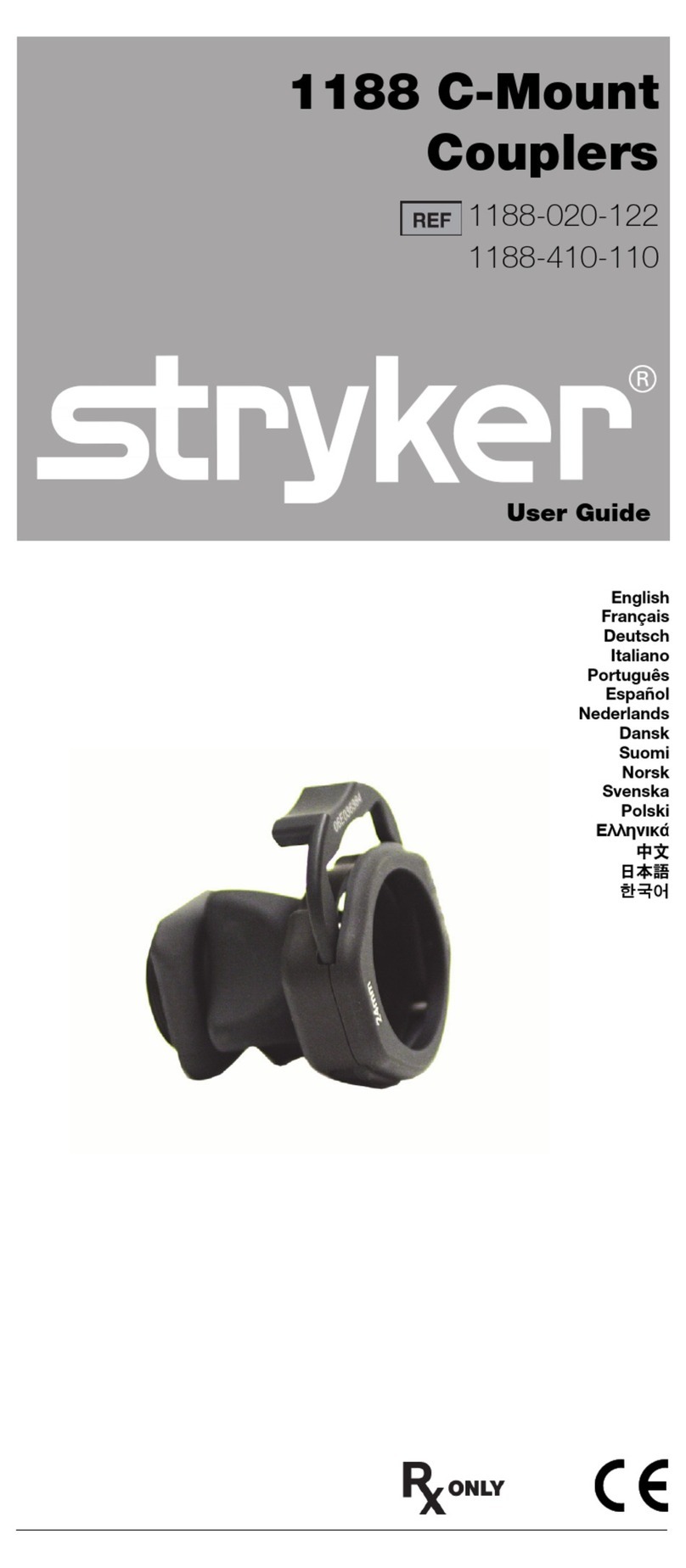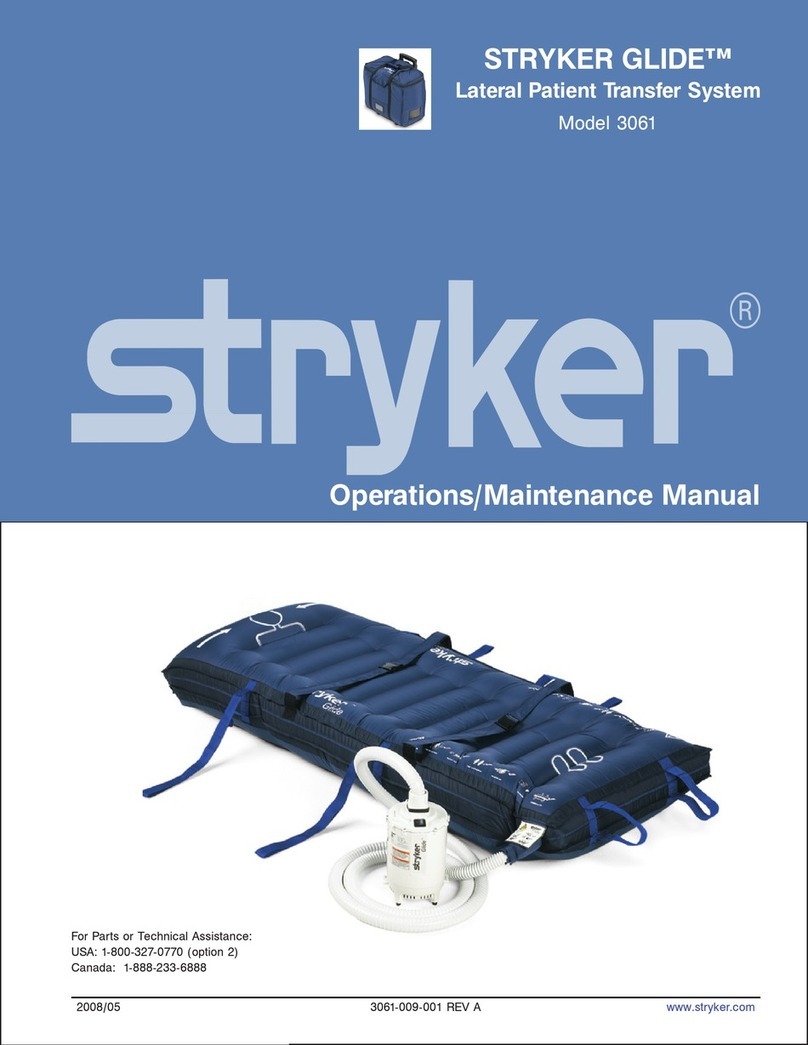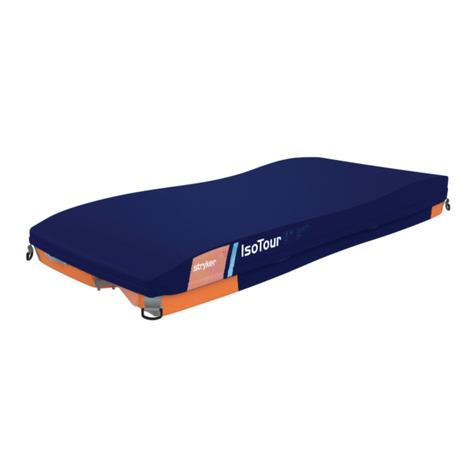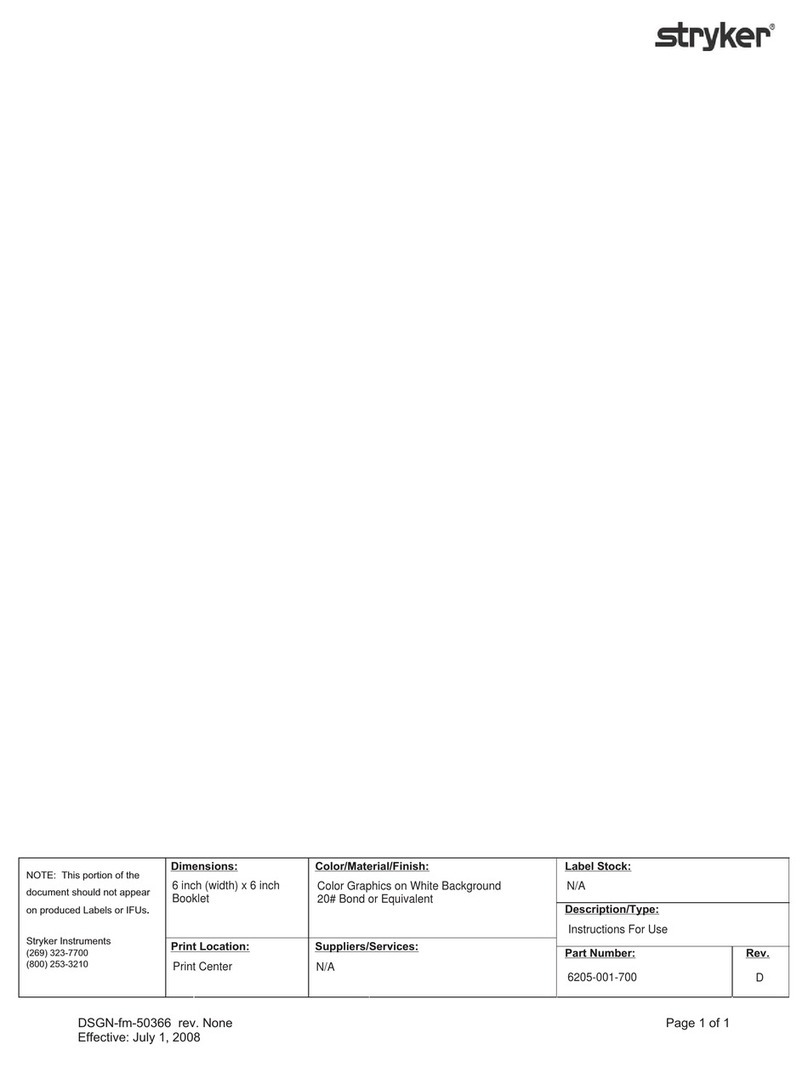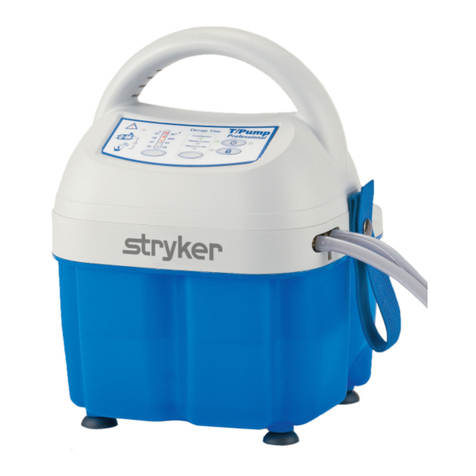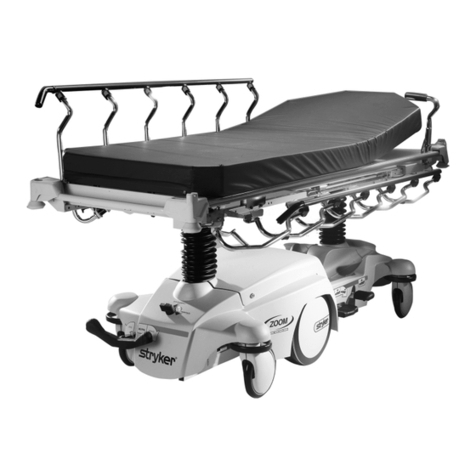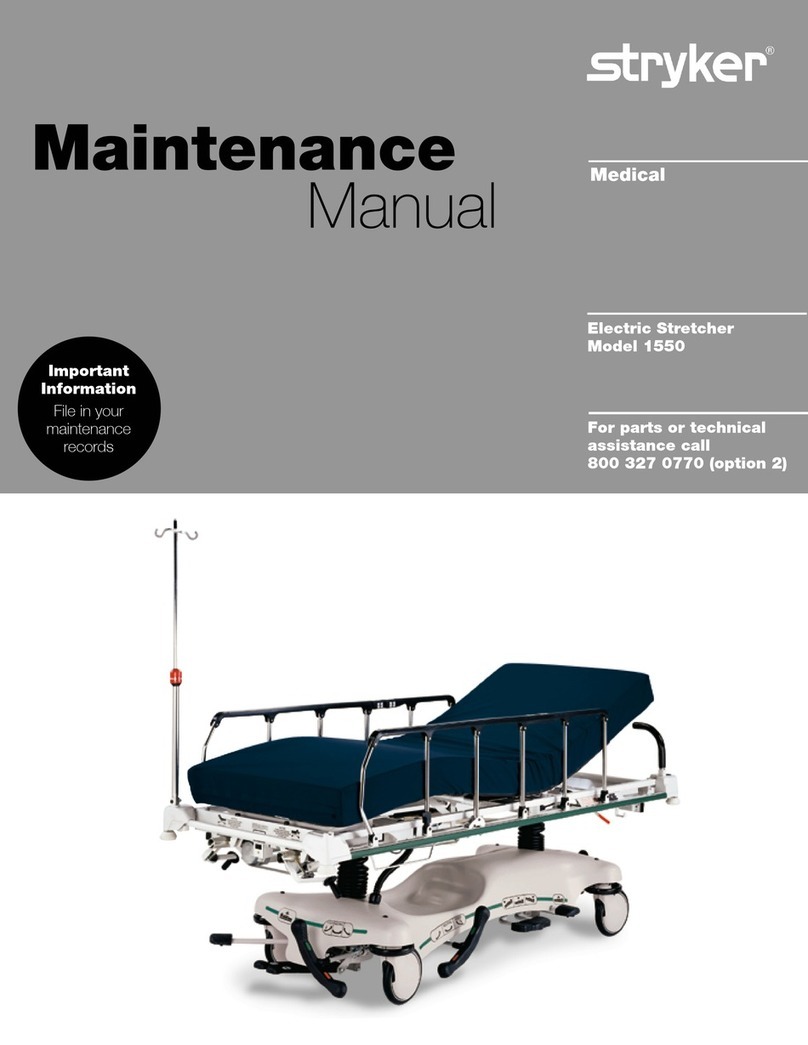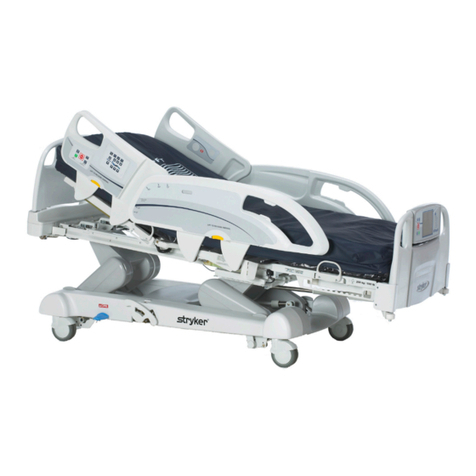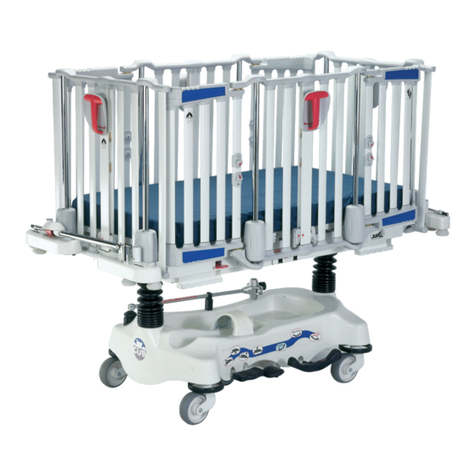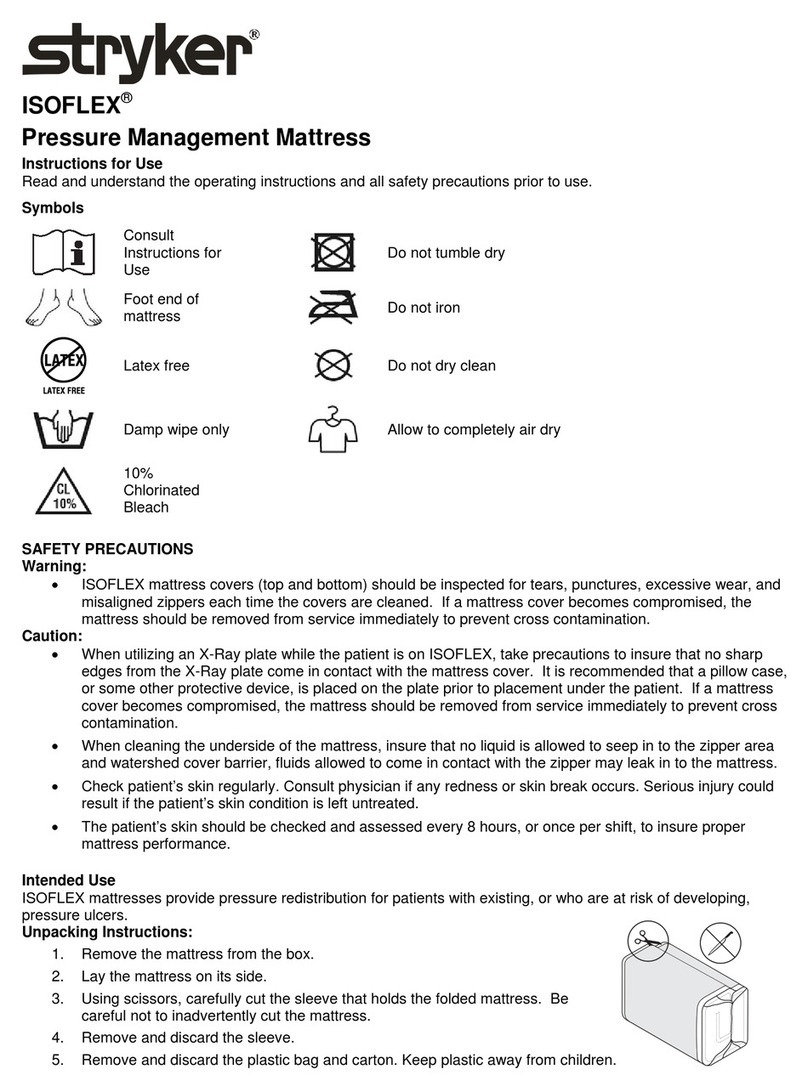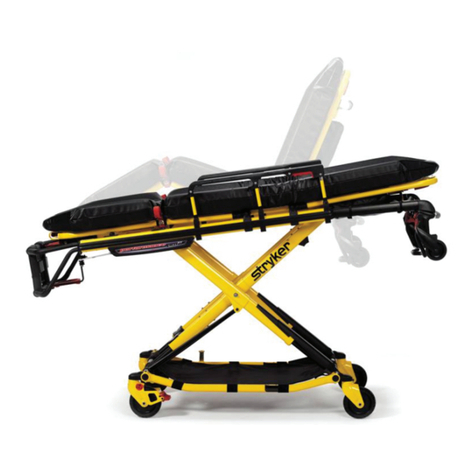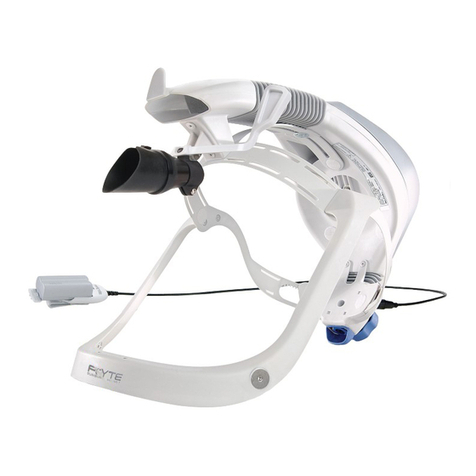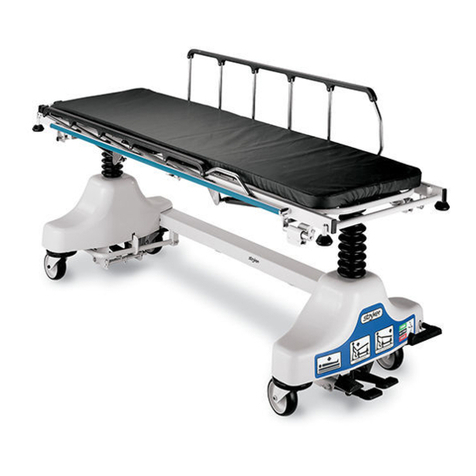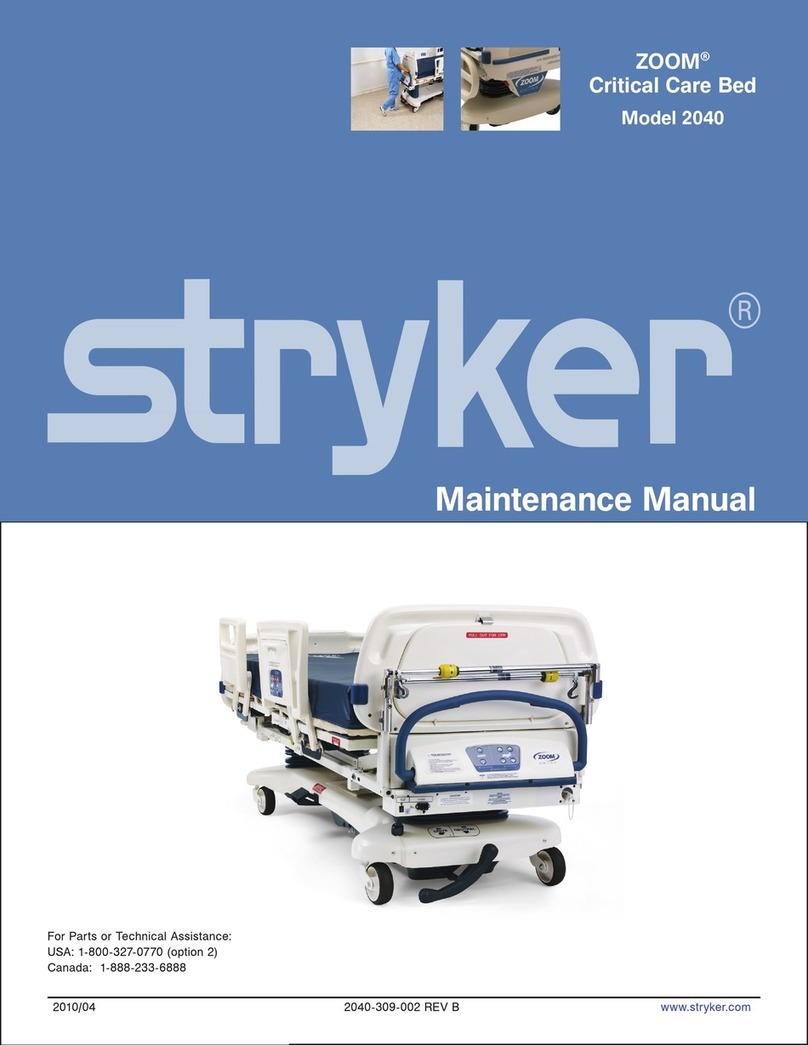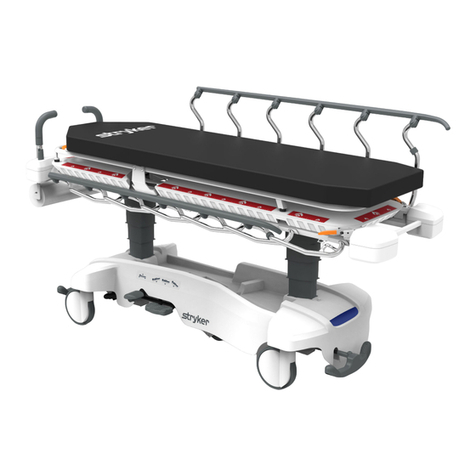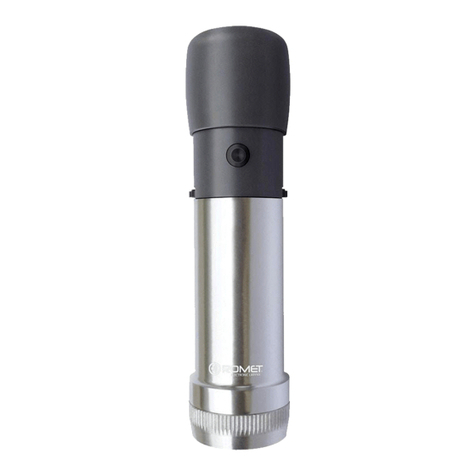
TTaabbllee ooff CCoonntteennttss
Symbols .............................................................................................................................................................1
Warning/Caution/Note Definition ....................................................................................................................3
Summary of safety precautions ...............................................................................................................3
Pinch points ....................................................................................................................................6
Introduction ..................................................................................................................................................7
Product description ................................................................................................................................7
Indications for use ..................................................................................................................................7
Expected service life...............................................................................................................................8
Contraindications ...................................................................................................................................8
Specifications - Power-PRO....................................................................................................................8
Specifications - SMRT ............................................................................................................................9
Product illustration - Power-PRO ...........................................................................................................11
Product illustration - SMRT ...................................................................................................................12
Contact information ..............................................................................................................................12
Serial number location - Power-PRO .....................................................................................................13
Serial number location - SMRT..............................................................................................................13
Date of manufacture.............................................................................................................................13
Setup.........................................................................................................................................................14
Installation..................................................................................................................................................15
Installing the cot fastener ......................................................................................................................15
Installing the in-fastener shut-off............................................................................................................15
Selecting the vehicle safety hook...........................................................................................................16
Vehicle configuration ............................................................................................................................17
Positioning of the vehicle safety hook, front to back.................................................................................18
Positioning of the vehicle safety hook, side to side ..................................................................................19
Installing the vehicle safety hook ...........................................................................................................20
Operation...................................................................................................................................................22
Setting cot load height with jog function..................................................................................................22
Checking the battery power level...........................................................................................................22
Checking the hour meter and error display .............................................................................................23
Operating guidelines ............................................................................................................................23
Proper lifting techniques .......................................................................................................................24
Rolling the cot with a patient..................................................................................................................24
Raising or lowering the cot ....................................................................................................................25
Raising, lowering, or releasing the cot with power ...................................................................................25
Raising or lowering the cot manually with the manual override .................................................................26
Expediting load with the high speed retract mode ...................................................................................27
Loading or unloading a cot with the Power-LOAD option .........................................................................27
Loading a cot into a vehicle with an antler style cot fastener.....................................................................27
Unloading a cot from a vehicle with an antler style cot fastener ................................................................29
Positioning operators and helpers..........................................................................................................30
Extending the retractable head section ..................................................................................................31
Retracting the retractable head section ..................................................................................................31
Applying or releasing a wheel lock.........................................................................................................32
Applying or releasing the optional Steer-LOCK .......................................................................................32
Installing the incubator adaptor..............................................................................................................32
Installing the Airborne infant transport incubator adaptor in the side by side configuration ..........................33
Installing the Drager infant transport incubator adaptor............................................................................34
Installing the Airborne infant transport incubator adaptor in the stackable configuration .............................35
Installing the no adaptor option airsled transport incubator with a sled receptacle ......................................36
Securing the airsled to the litter surface..................................................................................................37
Transporting the cot with the rigid push bars...........................................................................................38
Installing the optional base storage net ..................................................................................................38
Installing the optional head end storage flat ............................................................................................39
Installing a SMRT Pak ..........................................................................................................................39
Removing a SMRT Pak from the cot ......................................................................................................40
Storing the battery................................................................................................................................40
Charging the SMRT Pak .......................................................................................................................41
Checking the SMRT Pak power level with the SMRT charger ..................................................................42
Electrical power installation requirements...............................................................................................42
6516-209-001 Rev D.0 1 EN
